The architects who built Palm Springs: William Cody
Lured to Palm Springs in 1945 by Nellie Coffman – ‘The Mother of Palm Springs’, Cody’s (1916-1978) first commission was to extend the Desert Inn. The following year, Cody received his first standalone job, the Del Marcos Hotel and soon he was designing country clubs and private homes all over town.

Palm Springs is one of the global epicentres of tasteful big ‘m’ modernism, a sprawling desert city where the dreams of architecture’s new generation came to glorious fruition, usually unrestricted by budgets and the tiresome burden of inclement weather. It was here in the desert that architects could explore the limits of glass and steel to their heart’s content; the resulting spindly paeans to open-plan living brought the arid desert landscape into the heart of the post-war house.
Palm Springs continues to bask in its modernist heritage, with an annual celebration of design, exhibitions and open houses and a strong ongoing tradition of innovation architecture. The pioneers who shaped the city included Albert Frey, Lloyd Wright and Richard Neutra, whose Kaufmann House continues to be the defining image of desert modernism. John Porter Clark, Donald Wexler and Richard Harrison and Palmer & Krisel were also prime movers, working hand in hand with property developers and hoteliers to transform Palm Springs into a destination for holidaymakers and weekenders, keen to escape the smog and stress of Los Angeles (the resort started life in the early 20th-century as a health retreat).
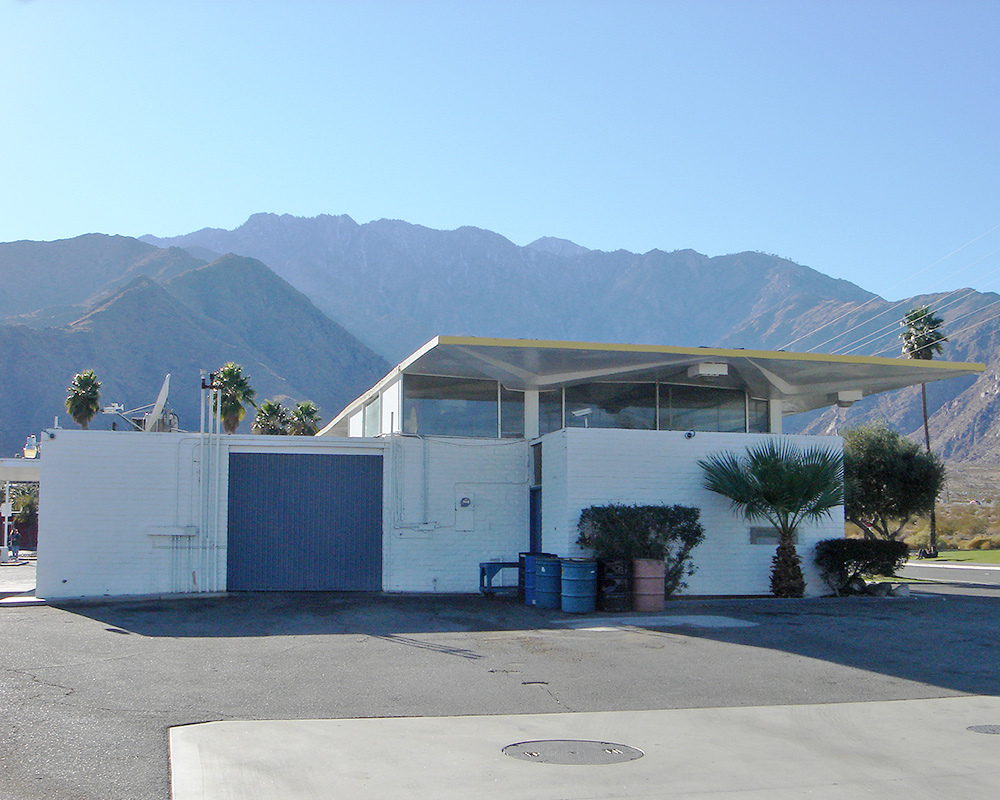
William Cody-designed gas station in Palm Springs.
In addition to the restrained modern elegance of the post-war era, Palm Springs was also home to eclectic design voices, drawn by both the light and space and the eccentricities of the burgeoning city’s clientele. ‘Desert Modern’ was the result.
William F. Cody is one of the style’s prime exponents. Cody came to Palm Springs in 1945 in search of fame and architectural fortune. He had been lured by the formidable Nellie Coffman – ‘The Mother of Palm Springs’ – to extend the Desert Inn, the sanatorium she founded in 1909 and which evolved throughout the century. Cody was just 29, a recent graduate from the College of Architecture and Fine Arts at the University of Southern California (alumni of the era included Paul Revere Williams, Pierre Koenig and William Krisel).
The following year, Cody received his first stand-alone job, the Del Marcos Hotel. Commissioned by Samuel and Adele Marcus, the 17-room hotel was modest in scale but big on ambition, with a low-rise, linear approach to design. The suites were generously sized, their glazed doors opening up onto a terrace with loungers arranged around a pool; it was the quintessential Californian dream transformed into an accessible experience. The mix of wood, stone and glass, paired with a futuristic sheen created by canted walls, thrusting angles and elongated forms became his aesthetic calling card.
RELATED STORY
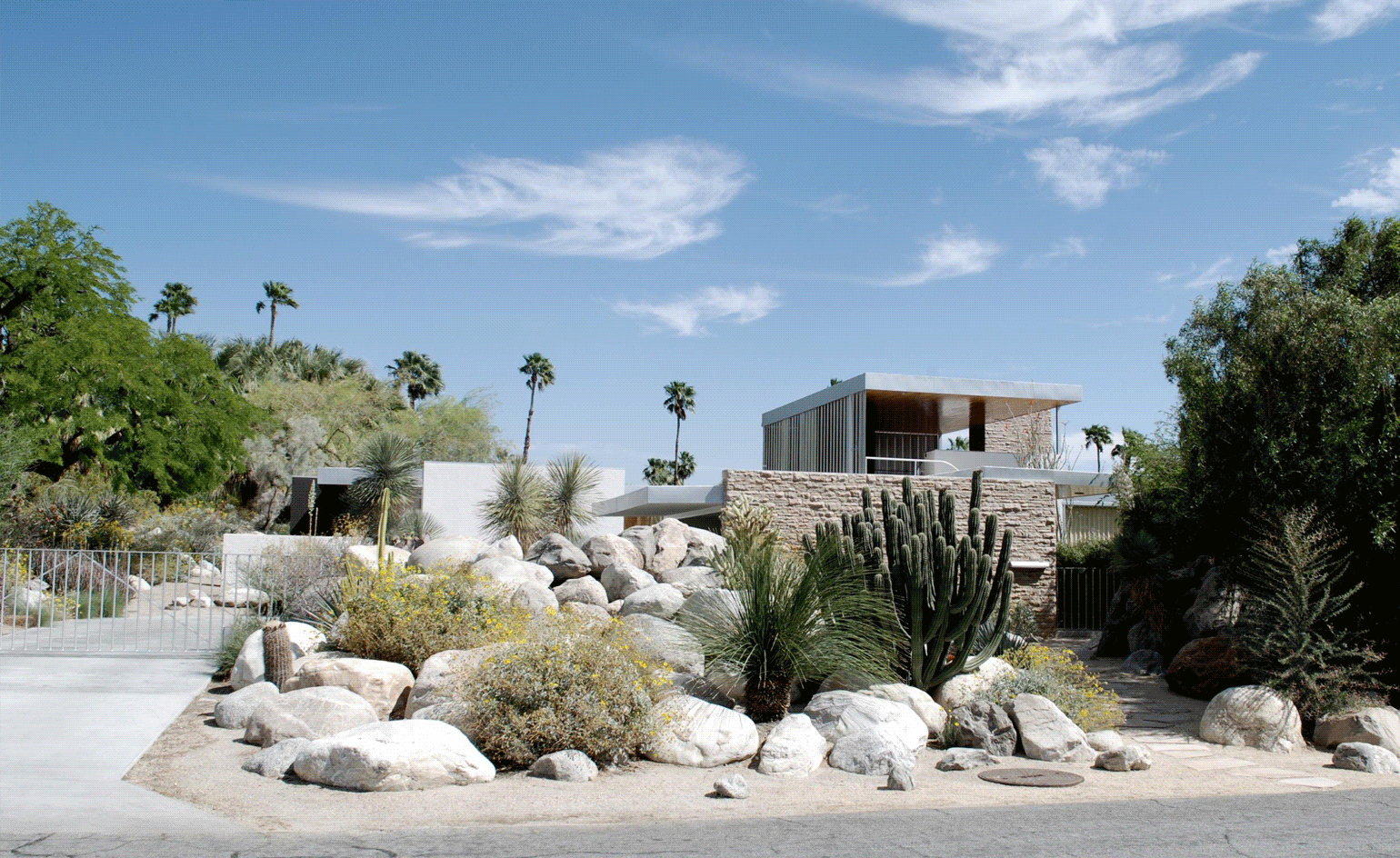
The Del Marcos, which was restored to its former glory in 2012, won awards for its audacious, populist take on modernity. It set Cody on the path to local fame, a process that accelerated after he moved to the city and designed his own residence. In common with his peers, he didn’t specialise, choosing to apply his design magic to any building typology that came his way. His next major project was a conversion, transforming the Thunderbird Ranch into a country club and golf course, complete with clubhouse and a number of private houses scattered around the 663 acre site. Cody had arrived.
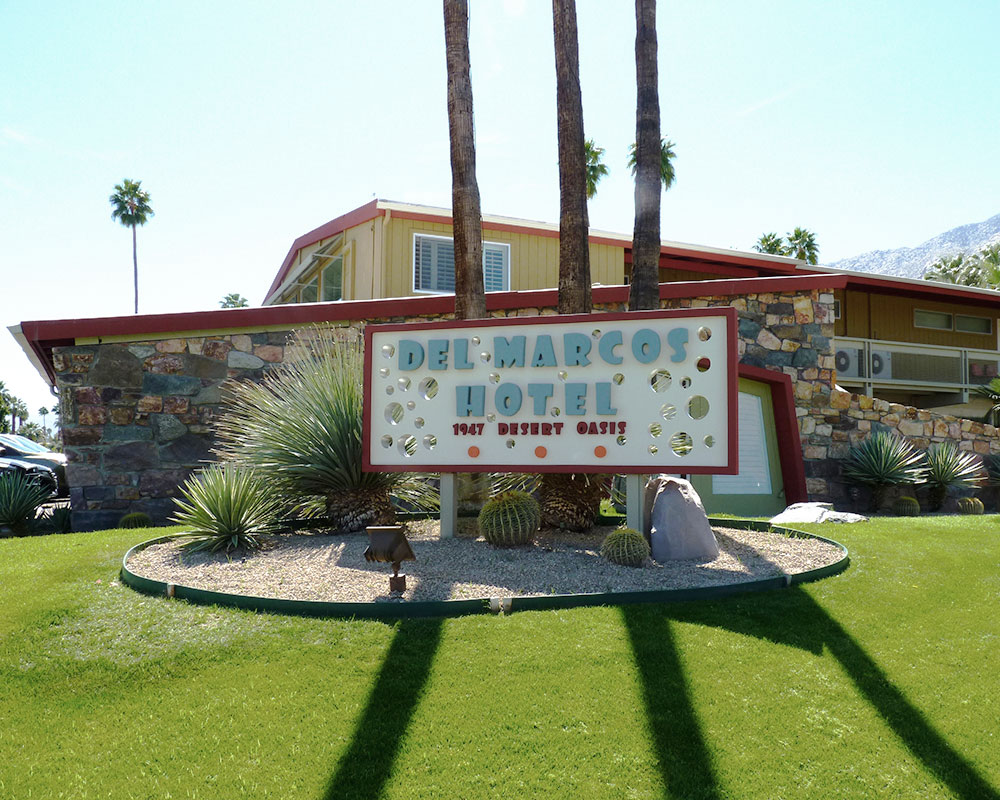
William Cody’s Del Marcos Hotel.
Additional country club designs came his way, as did private houses, churches and the city’s library. Clients included Frank Sinatra, for whom he created a second Palm Springs home at Rancho Mirage, but it was in hospitality design that he excelled.
Cody’s houses were only slightly more austere, sprawling modern pavilions that were typically arranged over a single level, united by pergolas and patios, pools and breakout areas. He was a local, well connected and therefore in tune with the desert lifestyle, with its glamorous mix of golf, cocktails and pool parties. His residences shaped a world of perpetual lazy hedonism, making the most of the desert’s space, light and landscape.
Many of these houses survive, albeit remodelled for the modern era, as do his civic buildings. William F. Cody died in 1978, aged just 62. He never saw Palm Springs’ resurgence as a modernist mecca, but would have relished his place in the pantheon of names that defined the city. More than anything else, his eccentric approach showed that modern architecture needn’t be constricted by aesthetics.
Read more in our series on the architects who built Palm Springs here.
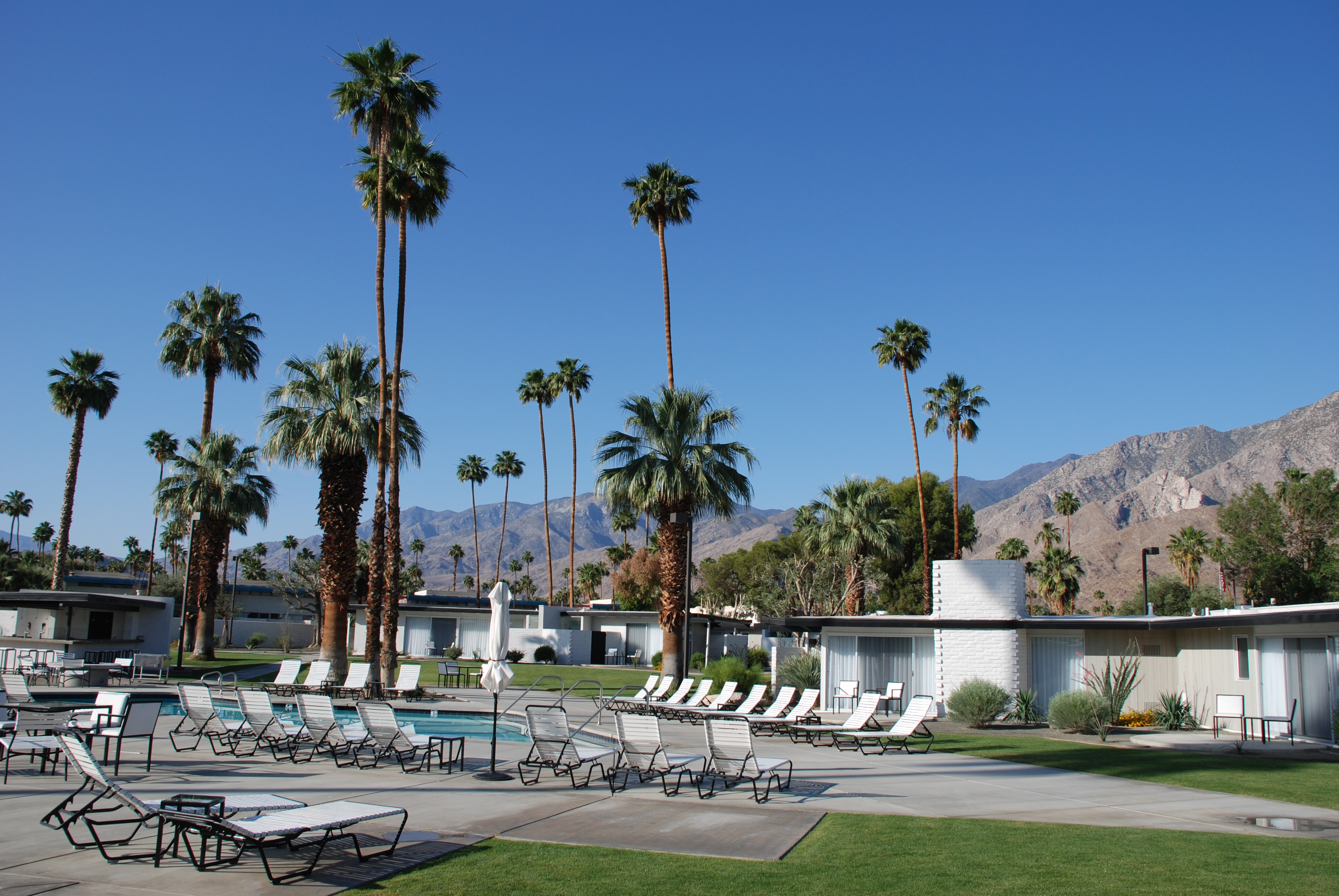
The Horizon hotel, designed by William Cody in Palm Springs
Wallpaper* Newsletter
Receive our daily digest of inspiration, escapism and design stories from around the world direct to your inbox.
Jonathan Bell has written for Wallpaper* magazine since 1999, covering everything from architecture and transport design to books, tech and graphic design. He is now the magazine’s Transport and Technology Editor. Jonathan has written and edited 15 books, including Concept Car Design, 21st Century House, and The New Modern House. He is also the host of Wallpaper’s first podcast.
-
 Put these emerging artists on your radar
Put these emerging artists on your radarThis crop of six new talents is poised to shake up the art world. Get to know them now
By Tianna Williams
-
 Dining at Pyrá feels like a Mediterranean kiss on both cheeks
Dining at Pyrá feels like a Mediterranean kiss on both cheeksDesigned by House of Dré, this Lonsdale Road addition dishes up an enticing fusion of Greek and Spanish cooking
By Sofia de la Cruz
-
 Creased, crumpled: S/S 2025 menswear is about clothes that have ‘lived a life’
Creased, crumpled: S/S 2025 menswear is about clothes that have ‘lived a life’The S/S 2025 menswear collections see designers embrace the creased and the crumpled, conjuring a mood of laidback languor that ran through the season – captured here by photographer Steve Harnacke and stylist Nicola Neri for Wallpaper*
By Jack Moss
-
 Croismare school, Jean Prouvé’s largest demountable structure, could be yours
Croismare school, Jean Prouvé’s largest demountable structure, could be yoursJean Prouvé’s 1948 Croismare school, the largest demountable structure ever built by the self-taught architect, is up for sale
By Amy Serafin
-
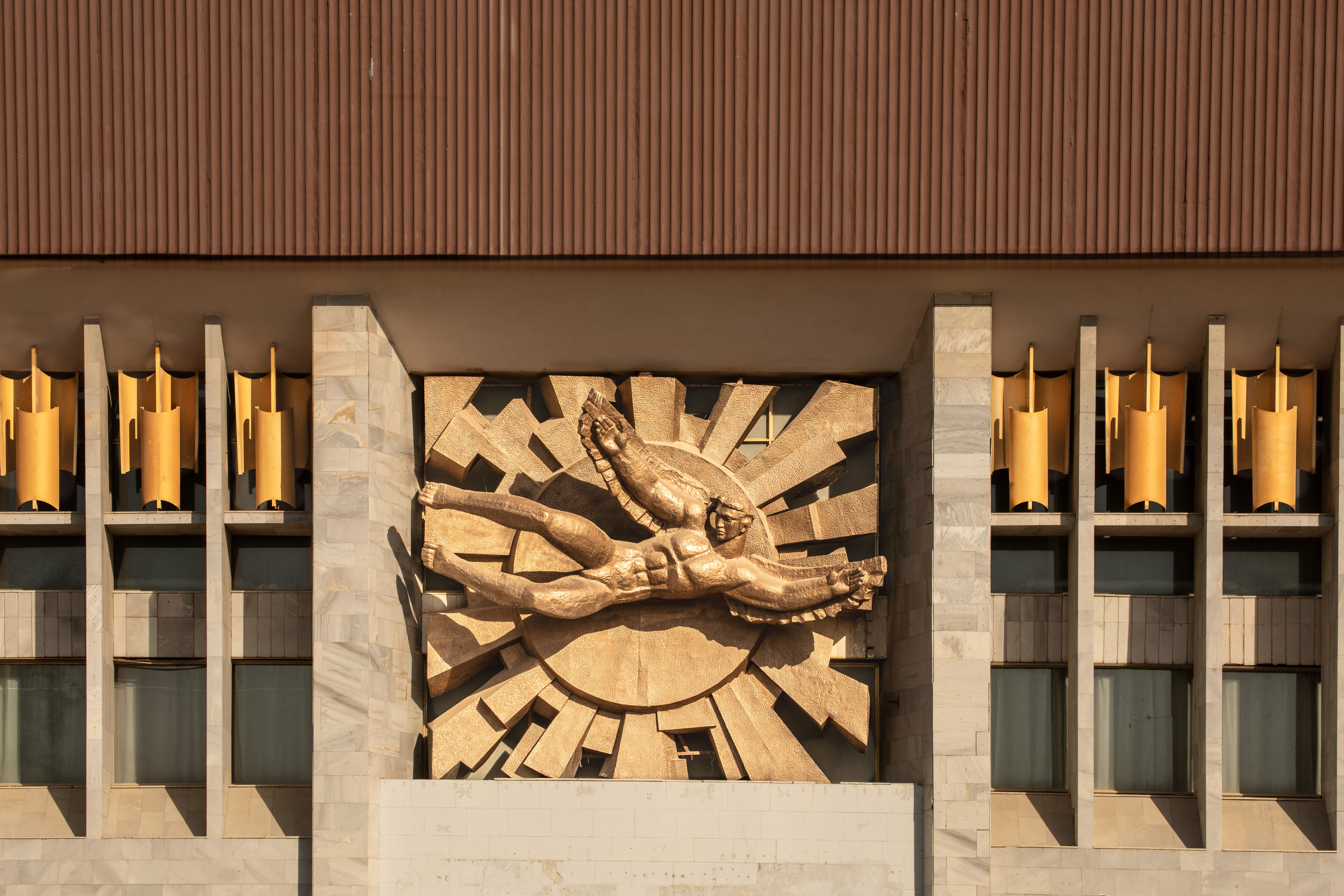 Jump on our tour of modernist architecture in Tashkent, Uzbekistan
Jump on our tour of modernist architecture in Tashkent, UzbekistanThe legacy of modernist architecture in Uzbekistan and its capital, Tashkent, is explored through research, a new publication, and the country's upcoming pavilion at the Venice Architecture Biennale 2025; here, we take a tour of its riches
By Will Jennings
-
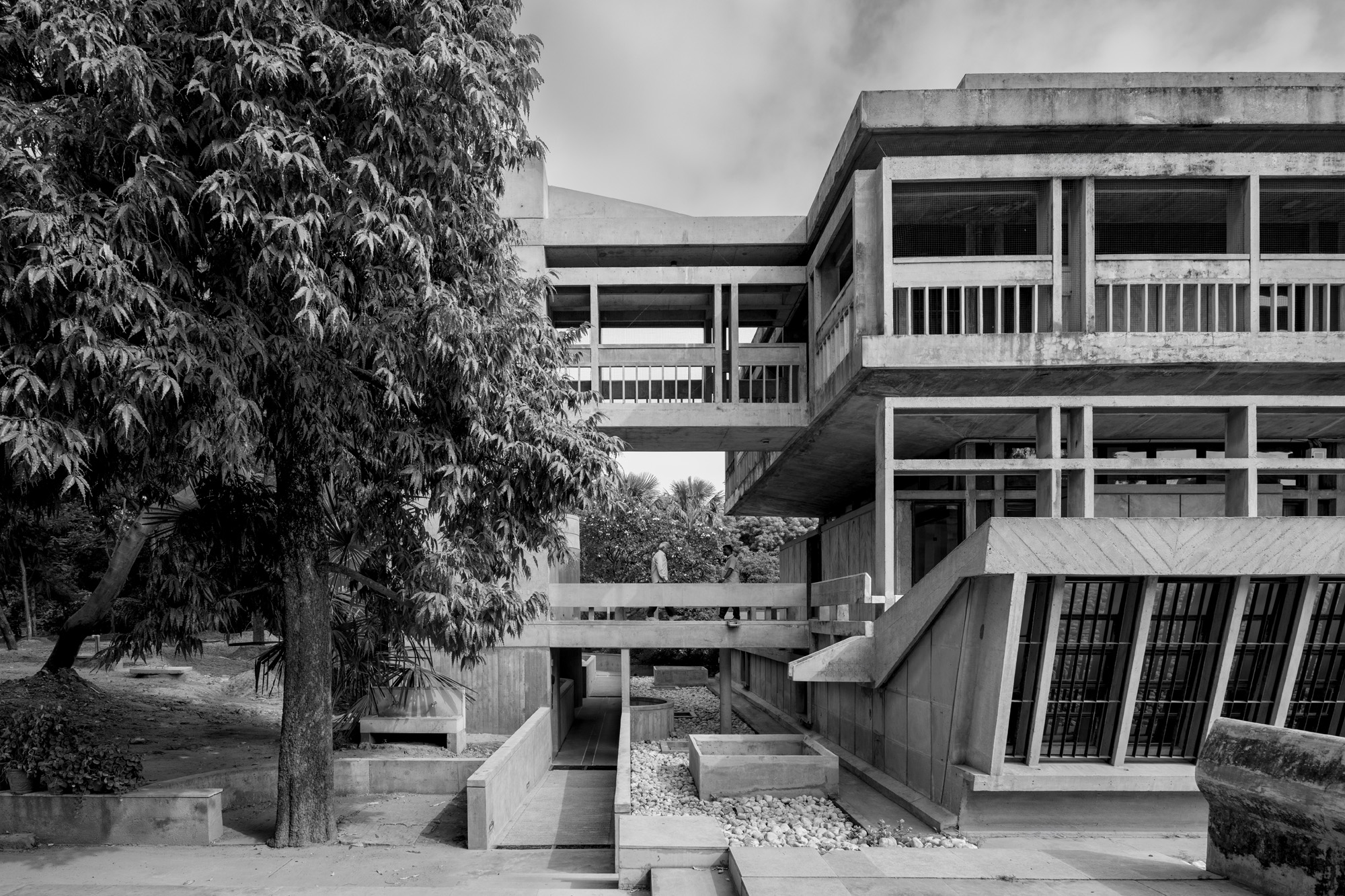 At the Institute of Indology, a humble new addition makes all the difference
At the Institute of Indology, a humble new addition makes all the differenceContinuing the late Balkrishna V Doshi’s legacy, Sangath studio design a new take on the toilet in Gujarat
By Ellie Stathaki
-
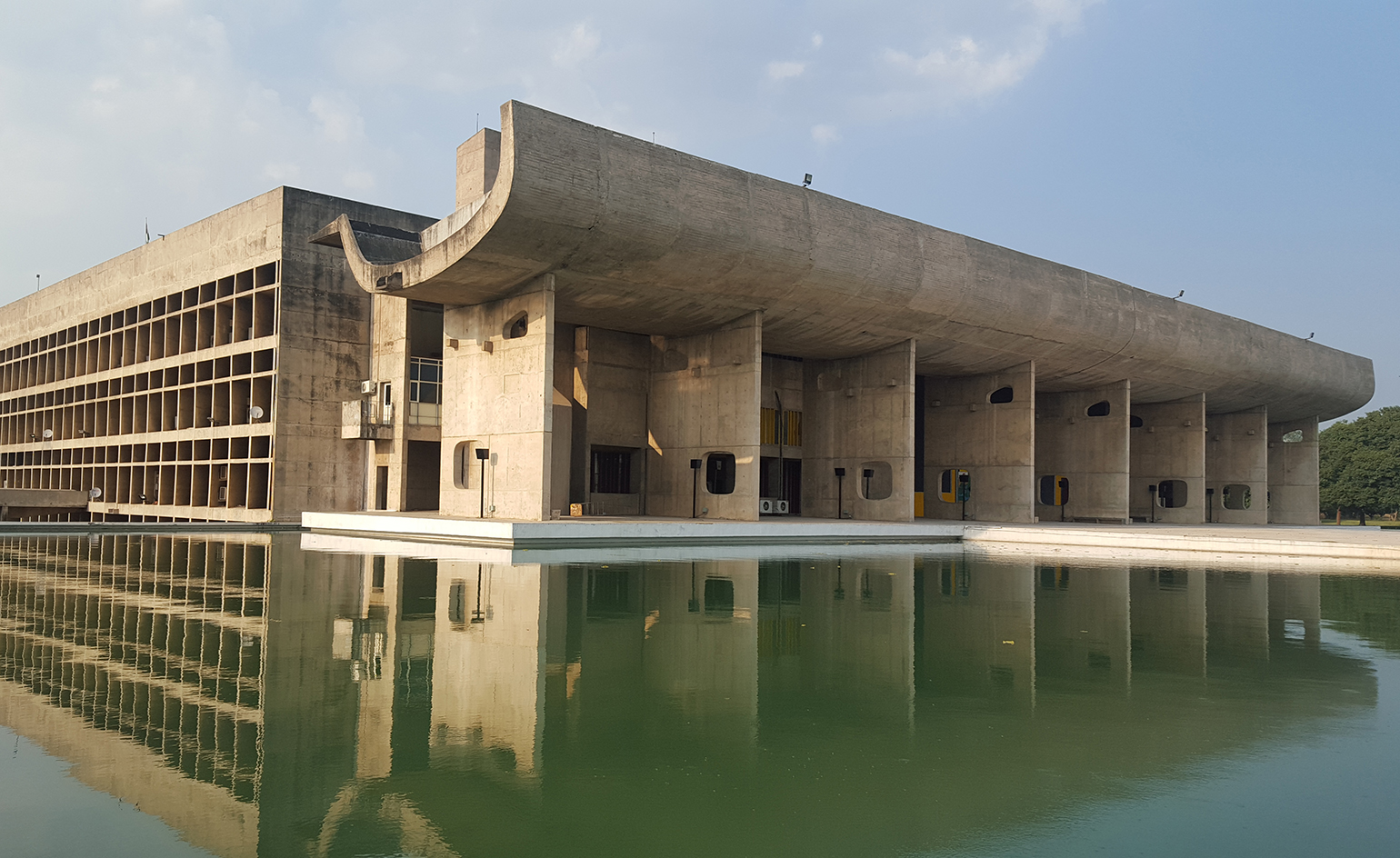 How Le Corbusier defined modernism
How Le Corbusier defined modernismLe Corbusier was not only one of 20th-century architecture's leading figures but also a defining father of modernism, as well as a polarising figure; here, we explore the life and work of an architect who was influential far beyond his field and time
By Ellie Stathaki
-
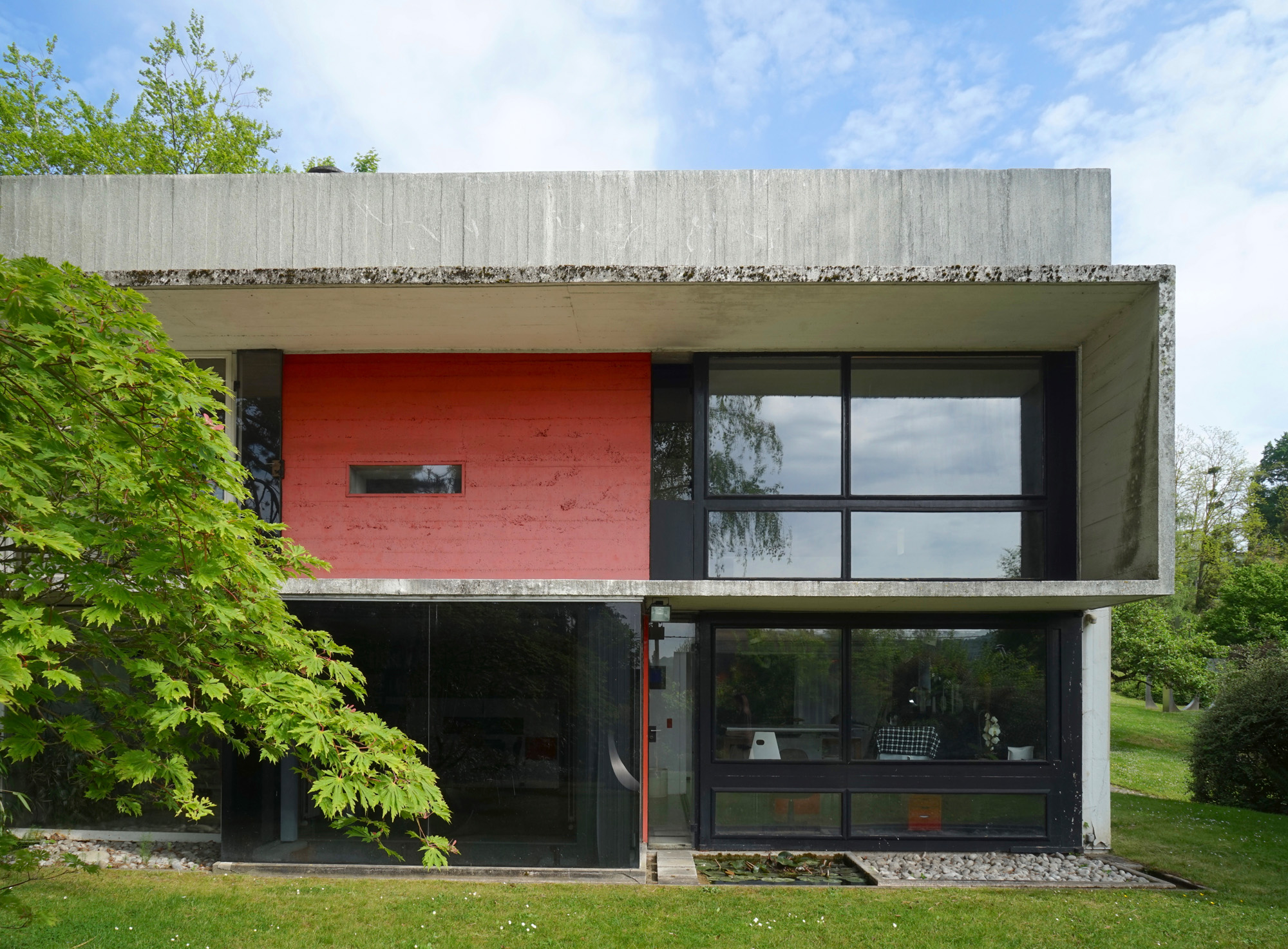 How to protect our modernist legacy
How to protect our modernist legacyWe explore the legacy of modernism as a series of midcentury gems thrive, keeping the vision alive and adapting to the future
By Ellie Stathaki
-
 A 1960s North London townhouse deftly makes the transition to the 21st Century
A 1960s North London townhouse deftly makes the transition to the 21st CenturyThanks to a sensitive redesign by Studio Hagen Hall, this midcentury gem in Hampstead is now a sustainable powerhouse.
By Ellie Stathaki
-
 The new MASP expansion in São Paulo goes tall
The new MASP expansion in São Paulo goes tallMuseu de Arte de São Paulo Assis Chateaubriand (MASP) expands with a project named after Pietro Maria Bardi (the institution's first director), designed by Metro Architects
By Daniel Scheffler
-
 Marta Pan and André Wogenscky's legacy is alive through their modernist home in France
Marta Pan and André Wogenscky's legacy is alive through their modernist home in FranceFondation Marta Pan – André Wogenscky: how a creative couple’s sculptural masterpiece in France keeps its authors’ legacy alive
By Adam Štěch